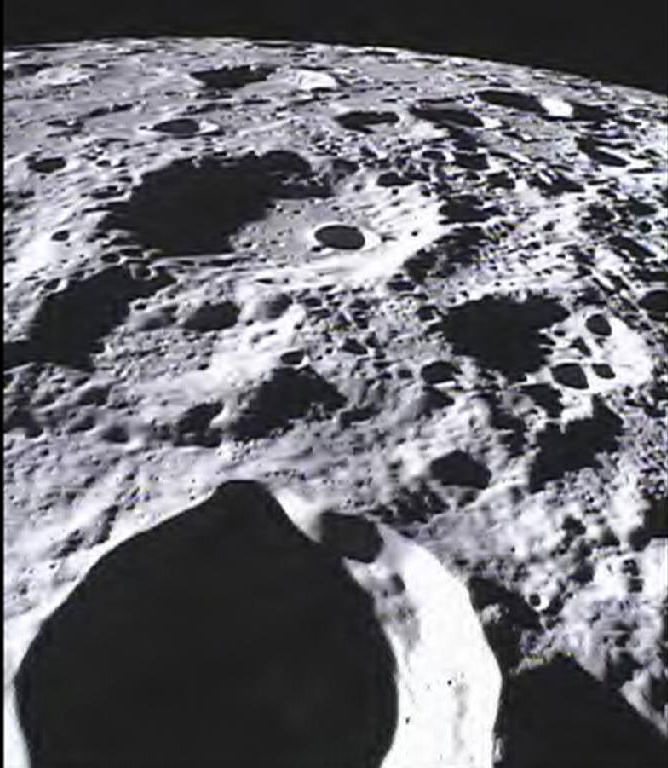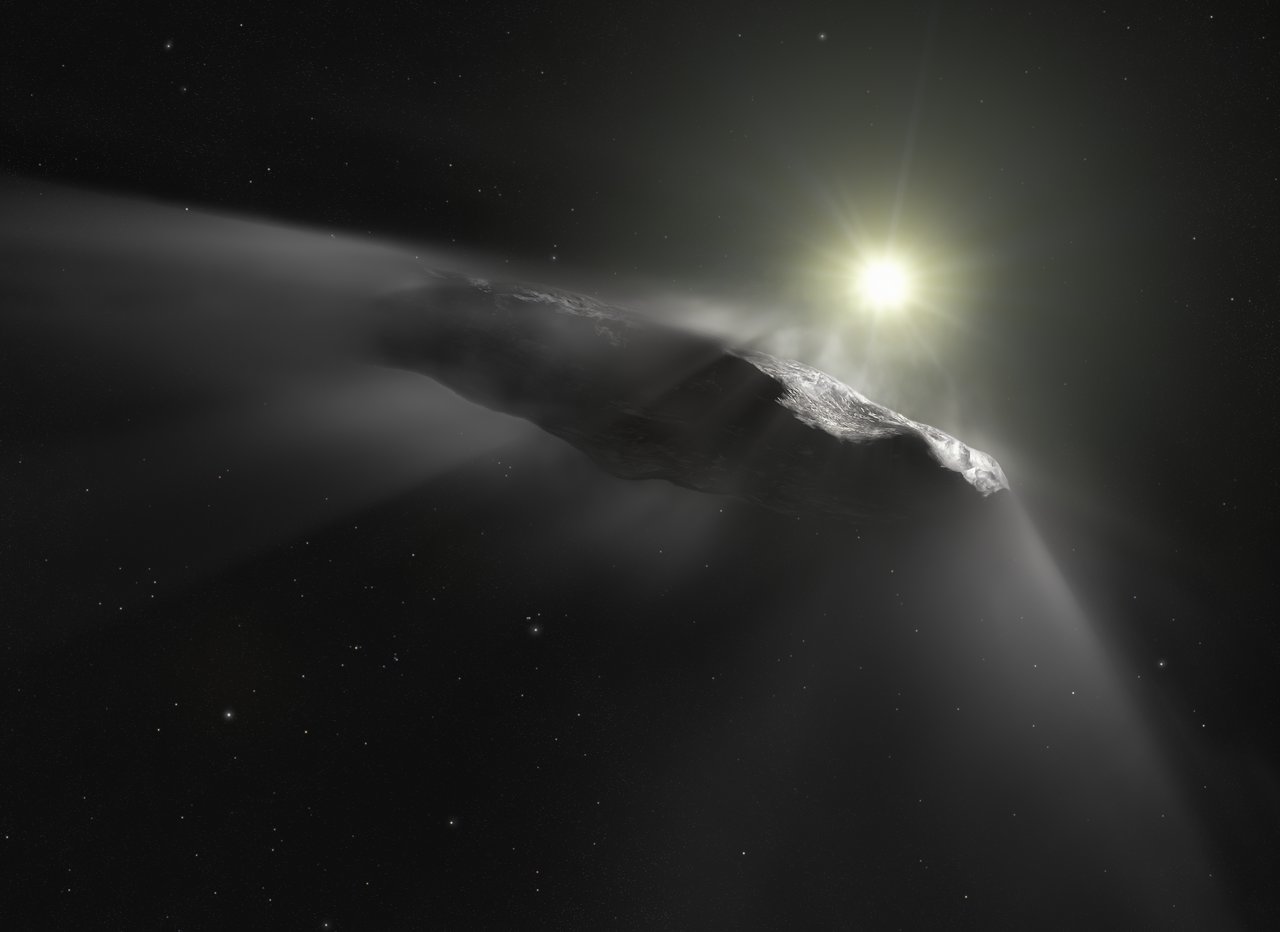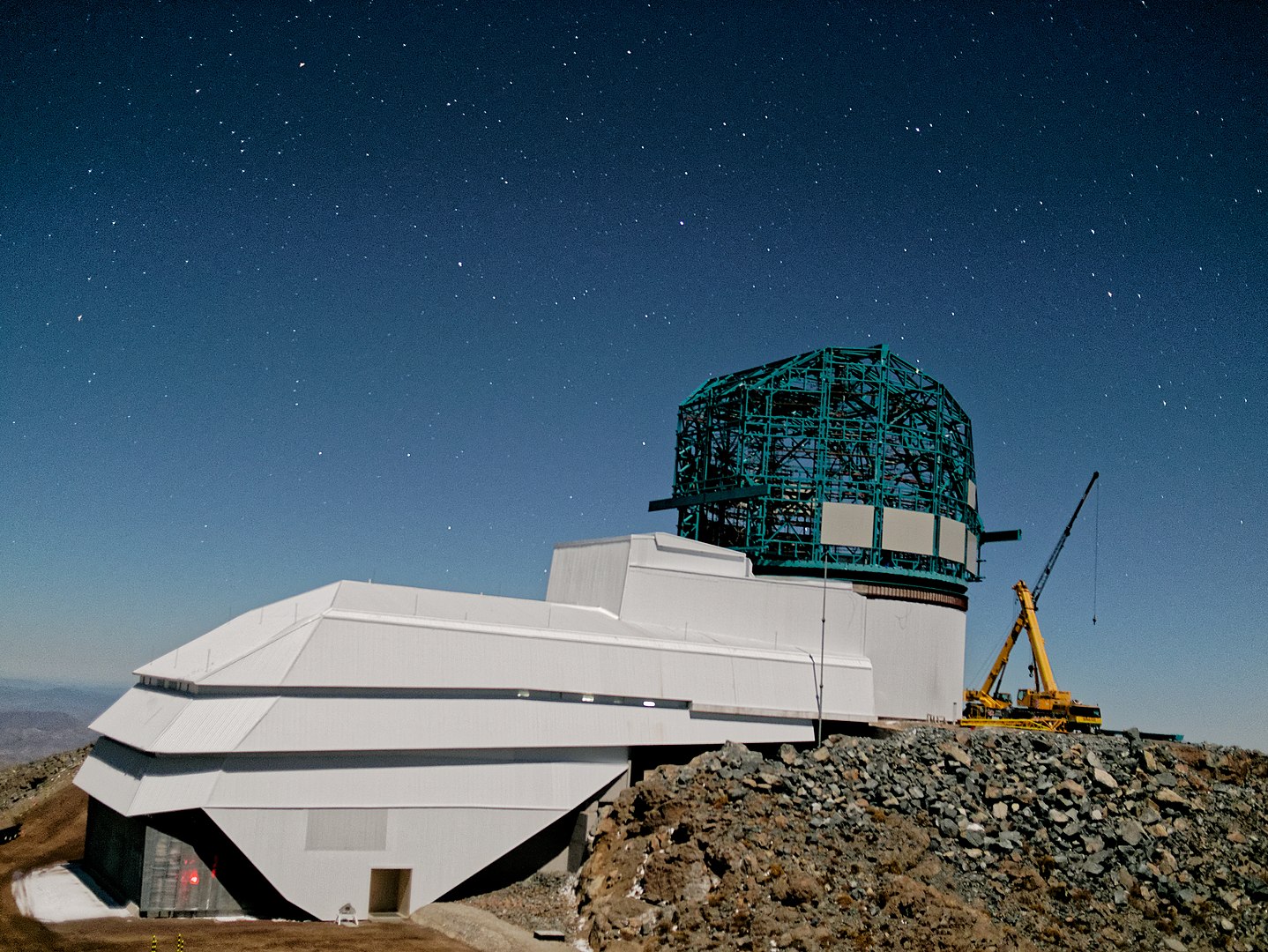The orbits of the planets around the Sun have been the source for many a scientific debate. Their current orbital properties are well understood but the planetary orbits have evolved and changed since the formation of the Solar System. Planetary migrations have been the most prominent idea of recent decades suggesting that planetary interactions caused the young planets to migrate inwards or outwards from their original positions. Now a new theory suggests 2-50 Jupiter mass object passing through the Solar System could be the cause.
Continue reading “An Interstellar Visitor Helped Shape the Orbits of the Planets.”An Interstellar Visitor Helped Shape the Orbits of the Planets.





